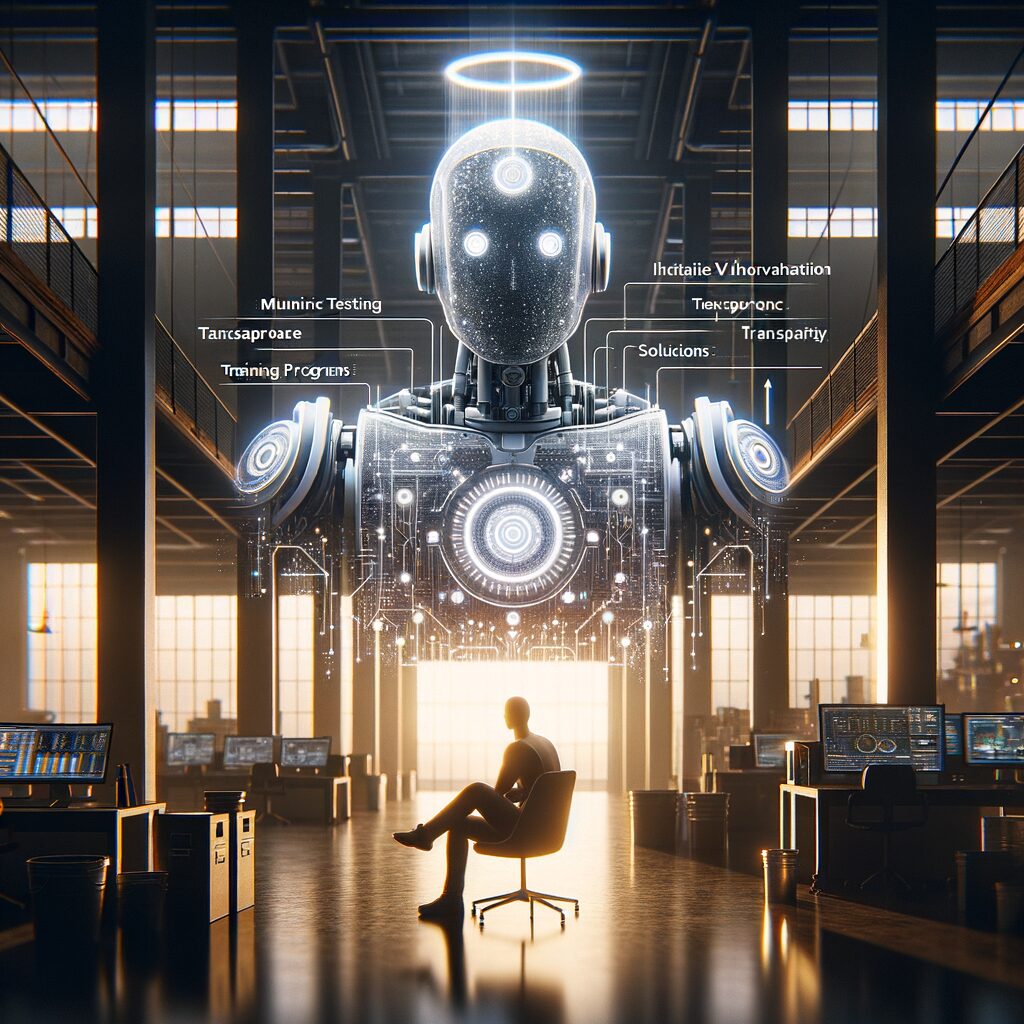The Rise of Agentic AI: Not Just Smarter—More Capable
As technology progresses, artificial intelligence is evolving from mere tools into autonomous problem-solvers. The emergence of agentic AI marks a new chapter wherein intelligent systems autonomously perform tasks without human prompting. Dive into this exploration of agentic AI’s potential in transforming industries, learn how it operates, and discover real-world applications in sectors like GovCon where AI agents are already creating remarkable efficiencies.
From Suggestion to Execution: Understanding Agentic AI
Agentic AI represents a paradigm shift in how we perceive machine capabilities. Previously, AI systems excelled at augmenting human efforts by offering suggestions or monitoring data trends. However, today’s agentic AI solutions go beyond merely recommending actions; they perform them independently. But what does this mean for industries deeply reliant on precise process execution? Primarily, these systems can handle tasks like processing invoices, managing supply chains, and even dealing with complex logistical challenges with minimal oversight.
Consider GovCon—governmental contracting—as a prime field where agentic AI is a game-changer. By automating intricate processes such as grant applications and compliance verifications, these systems ensure not only time savings but also reduce human errors. With the mundane out of the way, professionals can focus on more strategic work. Are we ready to trust AI to handle processes traditionally deemed too critical for automation?
The efficiency gains seen with agentic AI in tackling complex workflows are being mirrored across regulated sectors, boosting productivity without compromising compliance. While this sparks debates about job displacement, the technology concurrently opens new roles focusing on oversight and optimization, illustrating AI’s dual potential to disrupt and generate opportunities.
Case Studies: Real-World Applications in Regulated Industries
Looking at real-world examples of agentic AI in action, it’s clear these systems are not theoretical but practical solutions that deliver tangible value. Consider an agency involved in public health management. By utilizing an agentic AI-driven system for processing supply chain alerts, government bodies can orchestrate effective responses to potential shortages or disruptions, thus safeguarding critical supplies and resources. Isn’t this a profound leap from traditional, reactive approaches?
In the finance sector, agentic AI is revolutionizing the way firms handle invoice processing. With the ability to autonomously capture, categorize, and process payment requests, companies reduce risk and enhance financial alignment without human intervention. These AI systems learn from each transaction, improving over time and explicitly demonstrating how agentic AI systems do not just manage tasks—they refine them.
Aside from cutting-edge automation, these applications mitigate errors and uncover new insights, inevitably setting a new standard in operational precision. As businesses experience these benefits firsthand, the question arises: What other sectors could witness transformation by leveraging agentic AI?
Embracing a New Era: Challenges and Considerations
Despite its potential, integrating agentic AI into existing frameworks poses challenges. Companies must navigate data privacy concerns while adapting to new technology without disrupting existing workflows. In industries like GovCon, the stakes are particularly high given the sensitivity and regulatory requirements of the field. How can organizations ensure seamless AI adoption without compromising integrity and compliance?
One solution lies in robust, iterative testing phases where AI systems are incrementally introduced, monitored, and refined. With the technology still evolving, transparency in AI decision-making processes further fortifies stakeholder confidence. Establishing clear guidelines and ethical frameworks will ensure AI complements human judgment rather than replace it.
Moreover, comprehensive training programs will be critical to empowering human workers to collaborate with AI, where combined human and machine expertise leads to more substantial outcomes. For leadership, it’s a pivotal moment to envision the restructuring of workflows. Imagine your team focusing on strategic innovation while AI tackles operational monotony—how will this reshape your organization?
The Future of Work: A Collaborative Approach
The rise of agentic AI signals a fundamental change in how we approach work. Moving toward a collaborative synergy between humans and autonomous systems, companies must actively redesign roles to leverage AI capabilities. This transformation invites discussions not of job loss, but of advancing roles to take advantage of a workforce augmented by AI proficiency.
As businesses align themselves to this new reality, they stand to benefit from unparalleled efficiencies, innovative solutions, and a vibrant work culture that encourages creative and strategic thinking. Could it be that the future of work is not one where humans compete with machines, but rather where each complements the strengths of the other?
Agentic AI promises not just a more capable but a reshaped work environment—a landscape where the mundane meets automation and where human talent thrives unburdened by repetitive tasks.
Conclusion
The advent of agentic AI is not merely the next step in technological evolution, but a redefinition of professional workflows. By autonomizing tasks, these systems unlock potential across industries, exemplified by real applications in GovCon and finance. As we embark on this new age, the challenge lies not only in adaptation but in leveraging the opportunities it presents. Consider: what possibilities could your organization unlock with half your tasks completed before the day begins?

